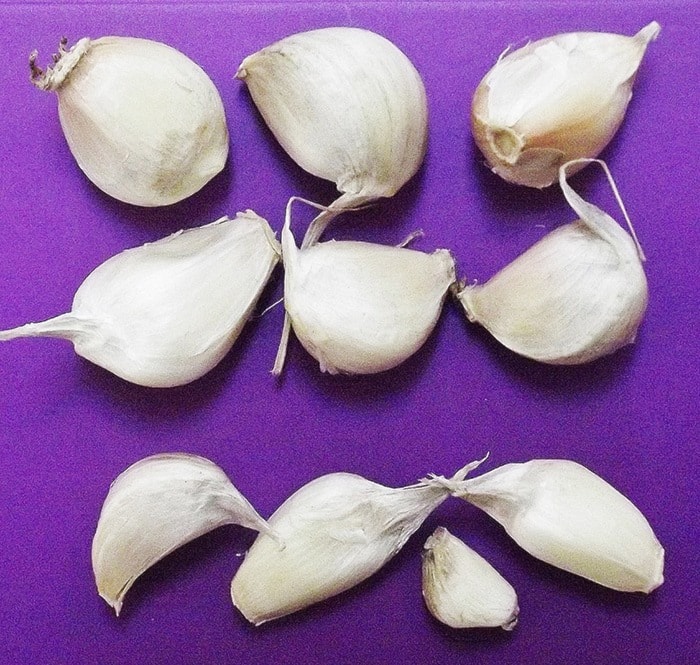Conventional wisdom used to dictate that local growing conditions weren’t exactly ideal for raising garlic – given the wet winters, our often prolonged springs and cool summers.
But local gardeners are a stubborn lot, and when it comes down to growing edibles, they don’t like to take no for an answer.
Their reward for being obstinate, after a little trial and error, has been bountiful crops of locally grown Hardneck and Elephant garlic.
So I thought I would provide you with a concise garlic growing primer based on local input.
• Why you should grow your own garlic: although inexpensive, most store bought garlic is grown in China, where chemicals are used to whiten the skin (chlorine), reduce sprouting (growth inhibitors and irradiation) and kill pests in storage (pesticides banned in Canada).
In other words, it is probably not too good for you.
• When to plant garlic: the best planting time in coastal B.C. ranges from mid to late September through to early November.
• What type of garlic should I plant: either a Hardneck garlic (Allium sativum var. ophioscorodon) or Elephant garlic (Allium ampeloprasum), which is not a true garlic, but a leek that produces huge bulbs up to 4-5” wide.
Softnecks (Allium sativum var. sativum), like the common grocery store variety, tend to grow very poorly here.
• Where should I plant my garlic: the planting site should have some winter sun, with light humus-rich soils that are neutral to slightly alkaline (add some dolomite lime if acidic).
Raised beds or rows are ideal and soils can be amended with mushroom or steer manure (added a month before planting), compost or Sea Soil.
Too much manure has been linked to garlic rust problems and soils enriched with excessive nitrogen produce thick luscious foliage but small bulbs.
• Planting your garlic: only plant larger individual cloves (eat the runts) and separate the bulb right at planting time, as they will root faster.
Plant Hardneck garlic cloves 6-8” apart with rows 12” wide, while Elephant garlic should be planted 8-10” apart, with rows spaced 18”.
Plant the cloves so that the tips are 1-2” below the soil (pointed upwards) and do not remove the skins.
Be sure to add bonemeal at planting time and rotate the crop the following year if possible.
• Fertilizing garlic: Make sure the soil you are planting in is moderately fertile by amending it. You should also fertilize in spring (from late March to early May, but not afterwards), with a foliar spray of fish or kelp, as this helps top growth which in turn produces bigger bulbs.
• Removing the flower scapes: both Hardneck and Elephant garlic will produce flower scapes, these should be cut off to prevent energy from being diverted from bulb production.
They are edible and make a good pesto (1/2 pound chopped scapes, 1 cup virgin olive oil, 2 cups grated Asiago cheese) or stir-fry ingredient.
• Harvesting: Garlic ripens from late July to early August in coastal B.C.. Do not water for two weeks before harvesting (helps curing) and gently dig when greens are 1/2 to 2/3 yellow. Brush off excess dirt and cure for seven to 10 days by laying a single layer in an area sheltered from rain and sun, then remove the roots and cut the Hardneck stems.
• Growing garlic from seed: scapes left to mature do develop bulbils, which can be planted but take 2-3 years to produce a decent bulb.
Mike Lascelle is a local nursery manager and gardening author (hebe_acer@hotmail.com).
